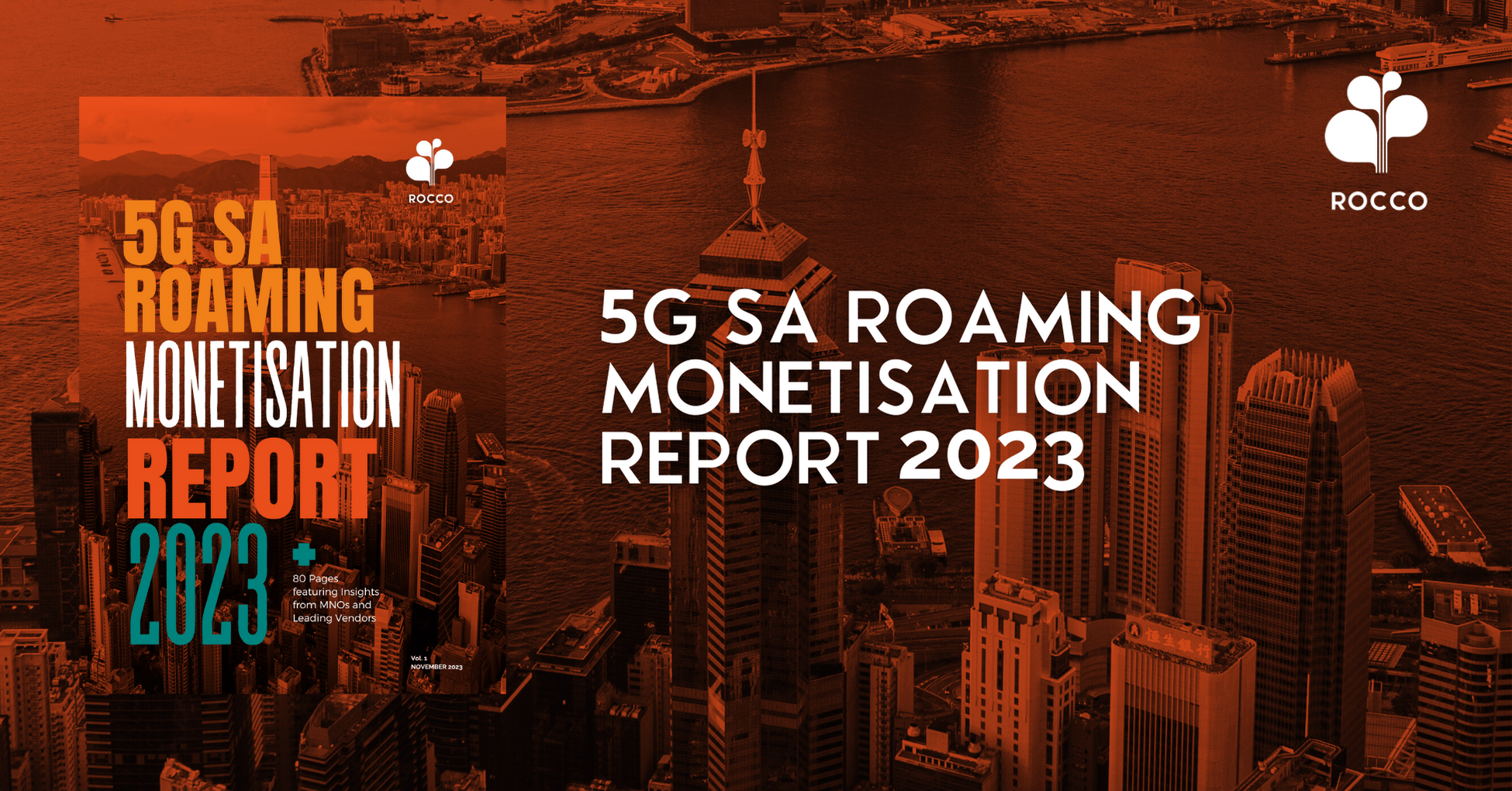 Recent reports suggest that the humble SIM card’s days are numbered, with an e-SIM alternative set to provide a significantly neater solution. But what exactly is an e-SIM and when can we expect to see one pop up in an iPhone or Samsung Galaxy?
Recent reports suggest that the humble SIM card’s days are numbered, with an e-SIM alternative set to provide a significantly neater solution. But what exactly is an e-SIM and when can we expect to see one pop up in an iPhone or Samsung Galaxy?
From the day you opened up the box of your first feature phone (it was a Nokia, right?), you’ve been reliant on a little oblong piece of plastic called a SIM card to make calls and send texts.
This SIM solution is a clumsy physical way to get your generically built phone connected to a specific network in a particular country. But really, there’s no good reason for them to exist, and they won’t do for much long.
What is an e-SIM?
An e-SIM is an electronic SIM card. As the name suggests, it will replace the physical, plastic SIM card all current smartphones run on with a virtual embedded equivalent that cannot be removed.
It’s been reported that both Apple and Samsung are in advanced talks with the GSMA to embed a standardised e-SIM card within future handsets.
The two tech giants are reportedly discussing the possibility of joining the rest of the telecommunications industry in a move toward e-SIM cards, which has the potential to significantly alter the relationship between consumers and mobile operators, The Financial Times reported late last week.
With the way SIM cards work today, consumers are essentially locked into a specific mobile network, but devices utilizing an electronic or embedded SIM card will enable users to switch a smartphone, tablet or wearable from one network operator to another.
According to FT, GSMA — the industry association which represents the interests of mobile operators globally — may soon announce an agreement on the creation of standardized embedded SIM cards for consumer devices, which will include smartphones and their manufacturers.
While it may be sometime before devices supporting standardized SIM cards are on the market, as the technical specifications will still need to be worked out, Anne Bouverot, chief executive of the GSMA, told FT the parties involved will work toward settling on a “common architecture.”
“With the majority of operators on board, the plan is to finalize the technical architecture that will be used in the development of an end-to-end remote SIM solution for consumer devices, with delivery anticipated by 2016,” the GSMA confirmed with FT.
Apple’s focus, though, at least as of late last year, has taken a new turn. Its latest iPads feature, which is known as Apple SIM, allows users to switch wireless carriers without changing SIM cards.
But the electronic SIM cards are not aimed at replacing Apple SIM.
The GSMA said it is working with Apple, who declined to comment on the matter, in order to gain their support.
“While we are optimistic, a formal agreement with them is still in progress,” the GSMA told the FT.
“We have got everyone back on one point, with Apple and Samsung agreeing to be part of that specification,” Bouverot told FT. “We have been working with them and others to create an industry solution for machines and will agree on a solution for consumer electronics.”
Source: PYMENTS, Trusted Reviews









